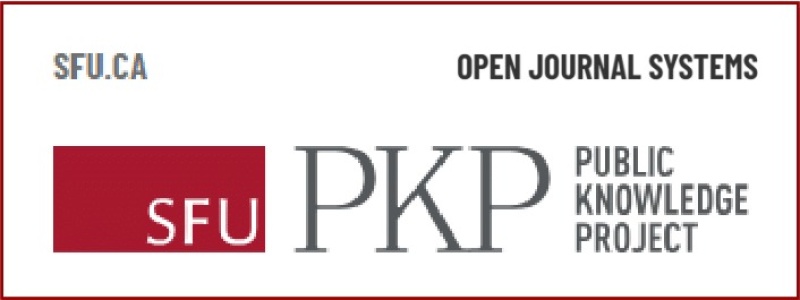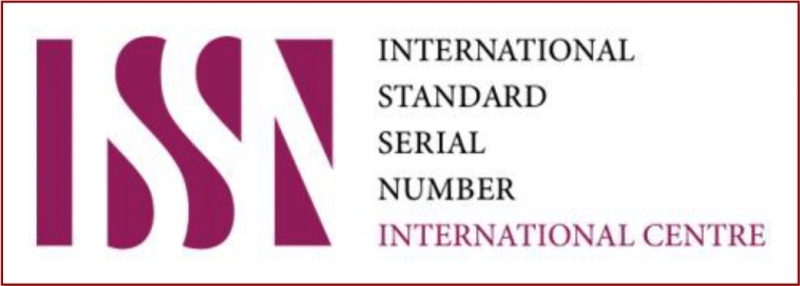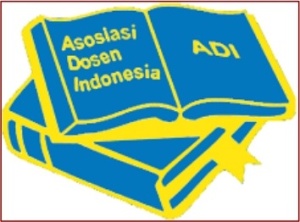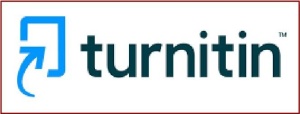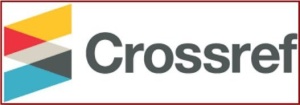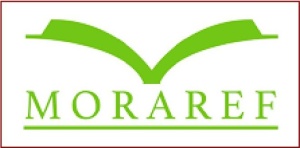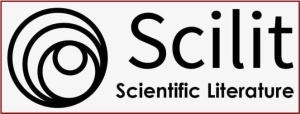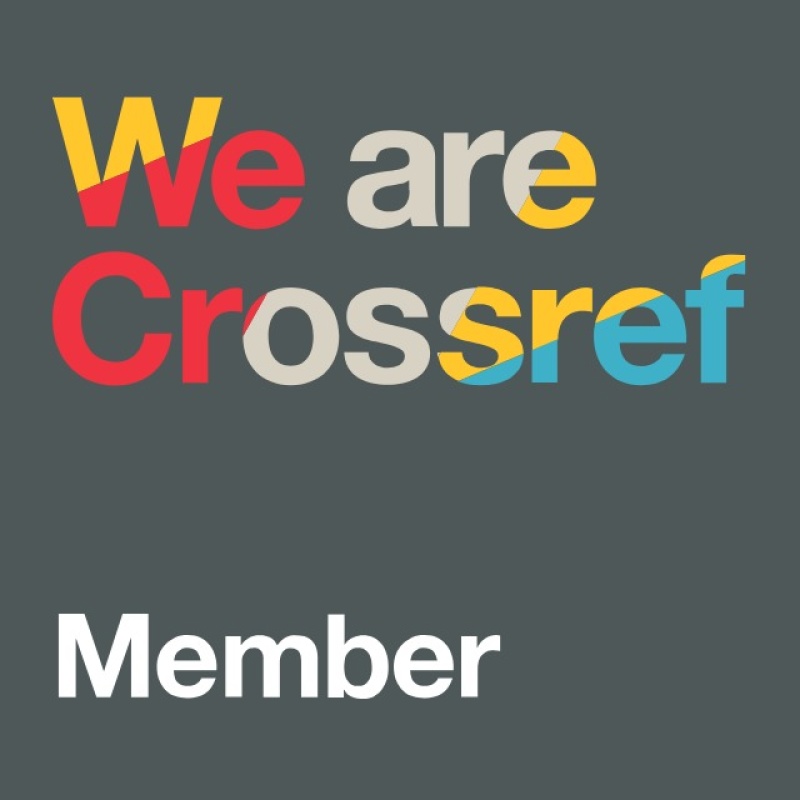Penggunaan Model Pembelajaran Think Pair Share untuk Meningkatkan Kemampuan Berkomunikasi Siswa
DOI:
https://doi.org/10.36312/educatoria.v3i3.182Keywords:
Think Pair Share Learning Model, Communication Competence.Abstract
This paper is a best learning practice, whereby using the Think Pare and Share (TPS) learning model can improve the communication skills of class IX.2 students of SMP Negeri 1 Gangga, North Lombok Regency, in the 2022/2023 academic year. The type of research used is pre-experimental with a one-shot case study design. The population and sample of this study were students of class IX.2 at SMP Negeri 1 Gangga. The research instrument used was a questionnaire. The activity took place in two meetings where the first meeting was a think and pair activity and the second meeting was a share activity. Students' communication skills, especially in presentation activities, are on average still low, from lack of confidence, unclear articulation, use of Indonesian to mastery of the material. Through the use of the Think Pare and Share (TPS) learning model, the results obtained are; 92.8% of students opened presentations with greetings, using good and correct Indonesian, 57.2%. Articulation or pronunciation that is clear and loud 82.1%. the ability to cooperate with friends 82.1%. An open attitude to questions from other participants is 21.%. Confidence 42.8% Students who have not mastered the material during presentations are quite high, although not half that is 46.5%, 53.5% feel doubtful between being excited and happy in presentations or not as much as 57.2% students feel capable interact with friends or other participants and students dress neatly during presentations, which is 89.2%.
Downloads
References
Arifin, N. (2020). Pemikiran Pendidikan John Dewey. As-Syar’i: Jurnal Bimbingan & Konseling Keluarga, 2(2), 204-219. https://doi.org/10.47467/as.v2i2.128
Harahap, A. G. (2016). Konsep Pendidikan Islam Perspektif Mahmud Yunus. REKOGNISI: Jurnal Pendidikan dan Kependidikan, 1(1), 35-46. https://doi.org/10.22236/jpi.v10i2.3964
Hartini., Maharani, Z. Z., & Rahman, B. (2016). Penerapan Model Pembelajaran Think-Pair-Share untuk Meningkatkan Kemampuan Komunikasi Matematis Siswa SMP. KREANO: Jurnal Matematika Kreatif-Inovatif, 7(2), 131-135. https://doi.org/10.15294/kreano.v7i2.5009
Khairunisa, R. W., & Basuki. (2021). Perbandingan Kemampuan Komunikasi Matematis Siswa antara Model Pembelajaran Kooperatif Tipe TPS dan CIRC. PLUSMINUS: Jurnal Pendidikan Matematika, 1(1), 113-124. https://doi.org/10.31980/plusminus.v1i1.1030
Kurniawan, S. (2013). Pendidikan Karakter. Yogyakarta: Ar-Ruzz Media.
Rianingsih, D. (2019). Penerapan Model Pembelajaran TPS (Think Pair Share) dalam Rangka Meningkatkan Keterampilan Komunikasi Siswa Kelas 3. Skripsi. Universitas Kristen Satya Wacana.
Rukmini, A. (2020). Model Kooperatif Tipe Think Pair Share (TPS) dalam Pembelajaran PKn SD. In Workshop Nasional Penguatan Kompetensi Guru Sekolah Dasar (pp. 2176-2181). Surakarta, Indonesia: Universitas Sebelas Maret.
Sulthon. (2016). Pembelajaran IPA yang Efektif dan Menyenangkan bagi Siswa Madrasah Ibtidaiyah (MI). Elementary : Islamic Teacher Journal, 4(1), 38-54. http://dx.doi.org/10.21043/elementary.v4i1.1969
Undang-undang Republik Indonesia Nomor 20 Tahun 2003 tentang Sistem Pendidikan Nasional. 2003. Jakarta: Pemerintah Republik Indonesia.
Yuberti. (2014). Teori Pembelajaran dan Pengembangan Bahan Ajar dalam Pendidikan. Bandar Lampung: Anugrah Utama Raharja (AURA) Printing & Publishing.
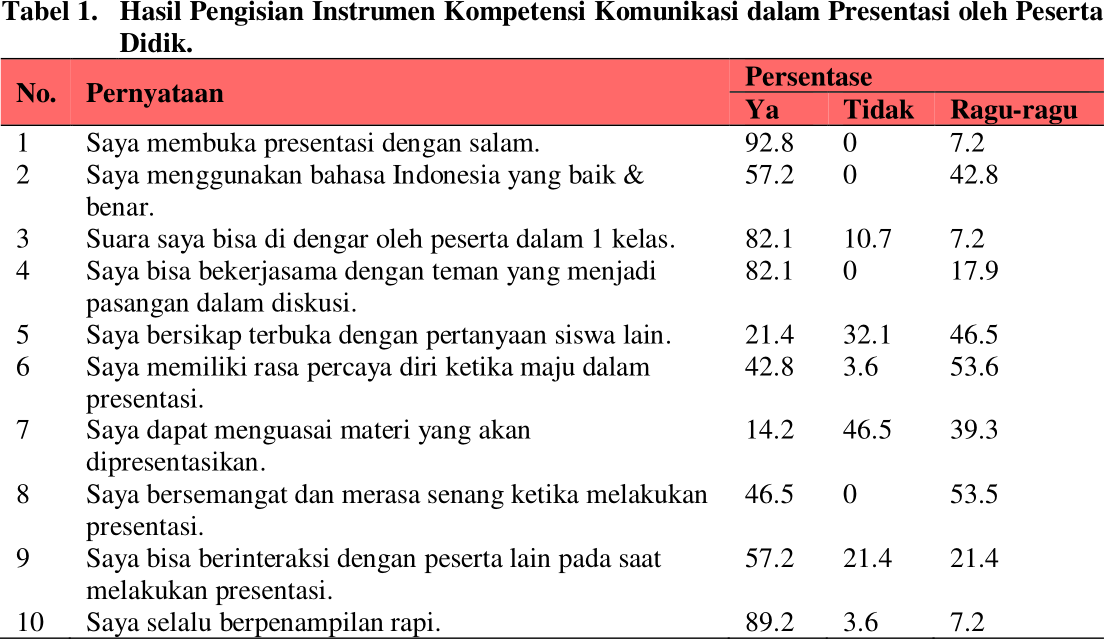
Downloads
Published
How to Cite
Issue
Section
License
Copyright (c) 2023 Siti Nurkhasanah

This work is licensed under a Creative Commons Attribution-ShareAlike 4.0 International License.
-
Attribution — You must give appropriate credit, provide a link to the license, and indicate if changes were made. You may do so in any reasonable manner, but not in any way that suggests the licensor endorses you or your use.
-
ShareAlike — If you remix, transform, or build upon the material, you must distribute your contributions under the same license as the original.

